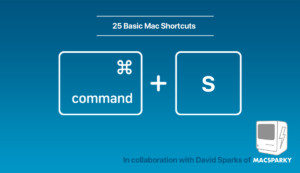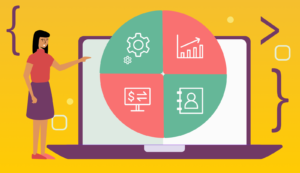The unprecedented impact of the pandemic has profoundly altered the way businesses operate, encouraging telecommuting for employees. The future of Covid-19 and its impact is uncertain, but the adoption of technology that can cope with this “new normal” will define the workforce productivity in 2022. After all, the show must go on.
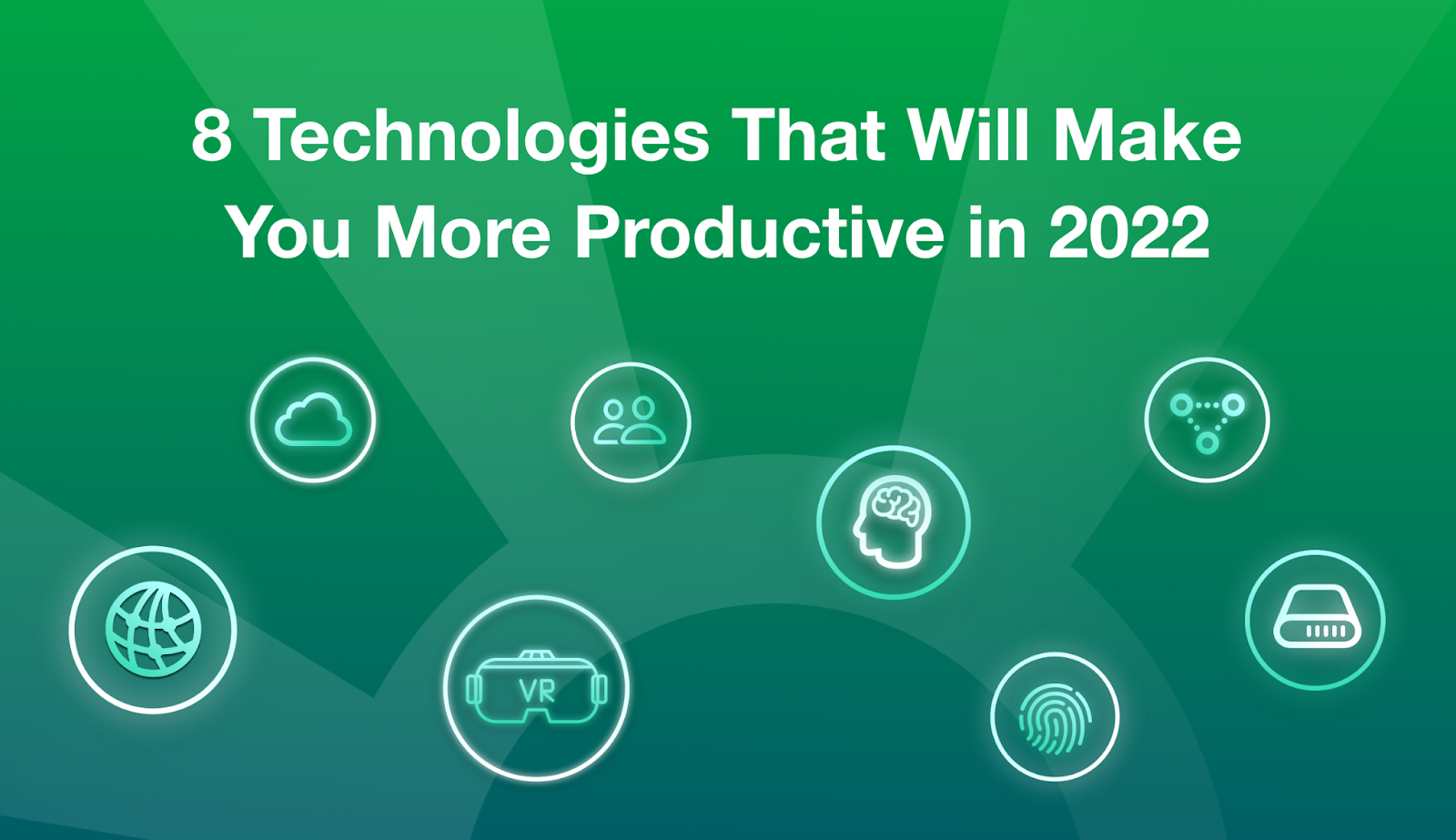 The technologies that we are going to discuss can be leveraged by both small businesses and professional service providers in pursuit to grow in the market by being more competitive and attracting clients, and thus, generating positive results.
The technologies that we are going to discuss can be leveraged by both small businesses and professional service providers in pursuit to grow in the market by being more competitive and attracting clients, and thus, generating positive results.
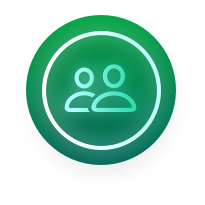 Collaboration Technologies
Collaboration Technologies
Information sharing, everyday communication, project and task management are all essential components of efficient team collaboration. Since the global COVID-19 crisis, there has been a major shift towards remote and hybrid work culture. The outcome of it is a growing need for collaboration technologies to allow employees in different locations to work together.
According to a Digital Worker Experience Survey by Gartner in 2021, the growth in the use of collaboration technologies in the workplace since the start of the epidemic has surged up to 44 percent. Naturally, such a significant increase will encourage innovation of technological solutions like cloud-based collaboration solutions, the integration of AI, and the use of Augmented and Virtual reality, all of which we will discuss in the subsequent sections in detail.
Example:
One perfect example of such a collaboration technology is Daylite, a Mac-based CRM and productivity and collaboration application. It allows users to access data from their Apple devices (Mac, iPad, iPhone) anywhere, at any time, with offline data availability at all the times, thus significantly increasing the productivity of the workforce.
Daylite CRM’s extensive contact management capabilities allow users to create a “spiderweb of connections,” that allows significant team collaboration.
 Workplace Technologies
Workplace Technologies
For many small businesses, except a few, ‘hybrid workplace’ has had a significant impact ever since the early days of the pandemic. A hybrid workplace, which is the best of centralized workplace and decentralized remote workplace, will see more acceptance in 2022 and the coming years. According to a recent study conducted by video messaging platform Loom, 90 percent of the surveyed workforce, consisting both workers and managers, were quite satisfied with working remotely, thus indicating that the hybrid workplace trend will continue through to 2022 and beyond.
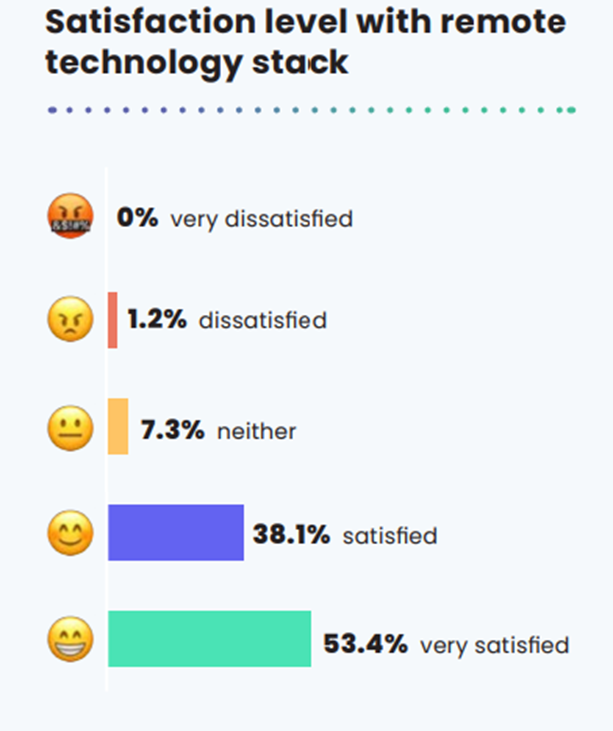
With remote and hybrid workplaces taking the center stage, companies are increasingly investing in technologies that allow them to monitor and track their employees’ activity in order to increase productivity. Companies in 2022 will also start taking physical and mental health, and wellness of the workforce more seriously. Covid-19 and other health-related protocols will result in more flexible processes to make the workforce resilient in the face of disaster.
Threats due to inconsistent and corrupt data will become dicier with most of the companies taking the remote and hybrid approach. They will anxiously seek automated solutions to convert paper data to digital data accurately and agily.
Example:
The need to have machine-readable text documents instead of printed text documents and automated data extraction rather than manual data entry, will lead to the adoption of technologies like the OCR (Optical Character Recognition). It converts data into digital information and thus, has many practical and commercial applications in almost every industry, like Banking, Insurance, Healthcare, HR , and Real Estate.
Take, for instance, the Real Estate industry where a lot of paperwork is created in the form of bills, agreements, settlement records, etc. No doubt, they must be accurate and easily accessible. An electronic system with the technology to automatically sort, collate, and create the requisite documents is far more efficient and faster than a manual filing system. OCR, integrated with your document management system, allows you to search any document, image or text, with relative ease and accuracy.
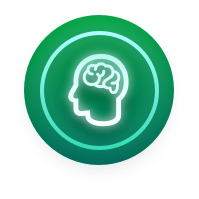 Cognitive Technologies
Cognitive Technologies
Human beings blessed with a brain are meant to do higher cognitive tasks entailing the mind, while putting aside the repetitive, redundant ones to the machines. Repetition and redundancy leads to tediousness, which eventually leads to error. With machines taking the role to complete such tasks, the element of human error will be eliminated.
Moreover, machines can be programmed to complete tasks much faster and thus, the repetitive tasks accelerating significantly will boost workforce productivity. As businesses seek to automate processes and increase worker productivity, Cognitive Technologies like Machine Learning and AI, Robotics, NLR, etc. will start becoming indispensable for both SMEs and larger firms in 2022.
Example:
In law firms, complicated legal documents can be scanned and important information extracted using an AI-based tool. Luminance, founded by University of Cambridge mathematicians, is a document review software tool that manages its clients’ legal databases. It speeds up contract assessments by highlighting critical terms and irregularities. In addition to suggesting alternative legal terms, it also identifies and warns the user of words in the document that may cause future dispute. This solution speeds up and streamlines the contract negotiating process. Employees can then focus on tasks that provide value to the company and make greater use of their skills instead of doing tasks that require creativity, intelligence, or imagination.
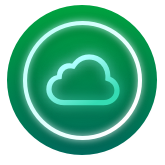 Cloud Technologies
Cloud Technologies
Certain companies that were not on the Cloud when COVID-19 hit in 2020 lost staff productivity resulting in significant financial losses. Others were rushing to the cloud.
According to Microsoft CEO Satya Nadella, their company witnessed two years of digital transformation in just two months, as consumers began to adopt cloud solutions.
After the pandemic, almost all the businesses have realized that for some profiles telecommuting would replace office presence, even if not completely, but partially in the form of a hybrid workplace. Digital transformation on the Cloud, therefore, will gain greater momentum in 2022 as businesses embrace the ubiquitous cloud to cope up with uncertainties and deal with outdated on-premise applications.
According to a recent Flexera survey, Covid-19 has resulted in a considerable rise in cloud spending for 26% of leaders.

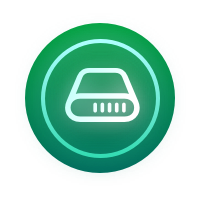 Connected Devices
Connected Devices
During the pre-pandemic times, employee experiences were scattered in the digital workplaces. The same situation post-pandemic was unviable and can now be extremely undesirable leaving employees feeling detached and unsupported. To provide a better employee experience and enhance productivity, at every job and at every level, organizations are now focusing on establishing a cohesive and accessible digital workplace with the help of connected devices.
According to an IEEE Global Study conducted between 8th to 20th Oct, 2021, about 51 percent of the technology leaders surveyed believe the number of devices connected to their businesses for tracking and management has increased by at least 1.5 times, with 42 percent believing the number has increased by more than 1.5 times.
Example:
MacOS Monterey introduces cutting-edge capabilities that will enable users to connect and collaborate effortlessly across their Apple devices (Mac and iPad). New audio and video features in FaceTime make calls feel more real and lifelike, while AirPlay helps Apple devices operate together efficiently. Live Text adds additional intelligence features to surface useful information, Safari adds Tab Groups for sophisticated tab organizing, and Shortcuts offer the convenience of automation to the Mac. Focus (depicted in the following image) enables users to do their task without distractions.
The following is the depiction of Universal Control in action that makes it easier to work across multiple Apple devices.
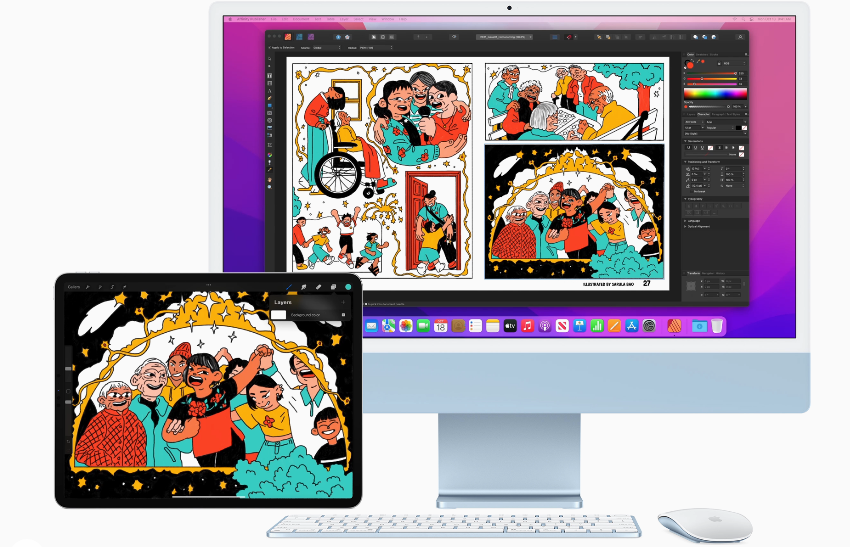
 5G
5G
Organisations leveraging 5G acquire powerful, low-latency connectivity to the cloud, reducing the amount of computing required by the devices themselves. As a result, low-power devices with a high-bandwidth connection to the cloud can be used by the employees. Powered with strong analytics to deliver enhanced services, or augmented reality, these devices could be used to streamline warehouse management and operations.
According to a PwC research, less than one among every five CEOs wanted to return to the pre-pandemic office, which involved going to a physical office five times each week. Taking into consideration the connectivity and last-mile security necessary for remote work, a path for 5G has to be paved for addressing the often-ignored aspects of remote work in 2022.
Example:
For the hybrid and remote workforce of 2022, better connectivity and seamless video communication will be the key. But the differentiator in case of 5G will be its network splicing capabilities—providing a piece of bandwidth for a particular application. With the network splicing power and huge bandwidth of 5G, an employee will be able to prioritize a video-calling so that no matter what else is consuming network bandwidth, a connection will never be lost during an important task, say a presentation.
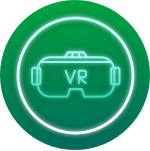 XR (AR, VR & MR)
XR (AR, VR & MR)
X-Reality (Extended Reality) encapsulates AR (Augmented Reality), VR (Virtual Reality), and MR (Mixed Reality), and has the ability to provide businesses with immediate added value and competitive edge. It can be used for training, business meetings, and improving customer service. Employees are more connected and productive when firms use VR and AR, regardless of where they are located.
While conventional video training technologies fail to capture participants’ mood and tone, AR and VR reduce emotional and cognitive stress by introducing intelligent contextual tone and nuance, such as body language. This allows for full-body, immersive experiences such as virtual meetings that make you feel like you are actually there.
In the upcoming years, AR/VR will unleash a torrent of innovation, new applications, and new vocations that we could not have envisioned before.
Example:
With the help of AR and VR, one can create a real-world setting on a virtual medium. A real estate personnel, with the help of such a virtual medium, can showcase an abode with completed furnishings to a prospective client so that the client can see exactly how their home would look. The decision-making for the client will, thus, be easier since the real estate personnel was able to deliver the best customer experience. And this was made possible by leveraging XR technology that consequently enhanced her own productivity.
 Cyber Security
Cyber Security
With work from home and hybrid workplace models, modern digital workplaces can introduce new threats, ranging from hacking and data breaches to complicated email fraud. In 2022, organisations will immensely focus on improving their security procedures by including technology such as two-factor authentication, effective BYOD (Bring Your Own Device) security, careful security permissions, compliance aspects, and regular password reminders.
The emerging cybersecurity threats can have severe implications, resulting in significant loss of productivity for businesses. It will, thus, become indispensable for organisations to provide information and training to staff on how to effectively detect and prevent security threats.
Example:
At the peak of the pandemic, there was an increase in phishing and ransomware attempts using COVID-19 as bait. Also, more than 240 million pandemic-related spam messages were detected every day. This clearly shows the importance of cyber security measures necessary, and more or less sufficient, as we proceed towards 2022.
Wrapping up
The discourse on how our lives have changed in the past two years is never-ending. Neither may the pandemic become a thing of the past in 2022. However, it’s fair to argue that as we go about our occupations, we’ve learnt to adapt to new behavioural patterns and expectations.
Along with buzzwords like “hybrid workplace” and “new normal”, technologies will be at the heart of workforce productivity in 2022 and ahead. The eight technologies that we have discussed will not only redefine the way we work, but will also continue to reshape our relationship with our workplaces, making us more productive day by day.
About the author: Tucky Wong is Marketcircle’s Senior Marketing Manager. With a wealth of Marketing experience that spans nearly two decades, her expertise has become an invaluable asset in the world of small business empowerment as she’s the great mind behind impactful content and strategies. Tucky’s commitment to empowering small businesses ensures that every strategy and piece of content resonates with the spirit of growth and achievement.
